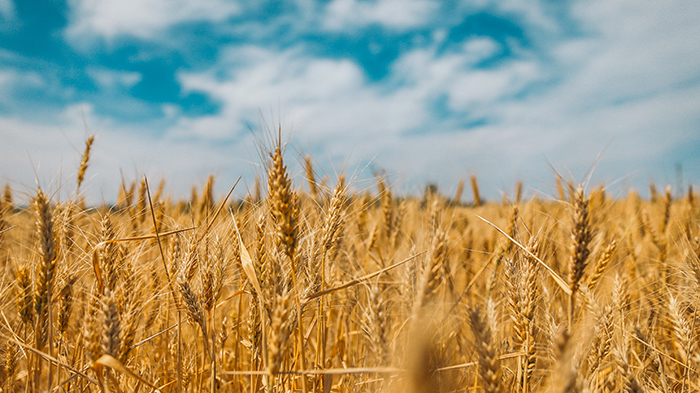Supply Chain Company Improves Efficiency with Rail Improvements
Posted on Wednesday, August 25th, 2021 by Affinis CorpIn Railroad, tagged in

An agribusiness supply chain company was upgrading their facilities in Western Nebraska. They plan to add a new facility for receiving and loading out grain products to both trucks and railcars. These changes would increase capacity for that facility and the company. To move a greater quantity of grain, they needed to make improvements to their rail lines as well.
The Affinis railroad team worked with the serving railroad to create two new connections for unit train operations. For the Grain Rail Load Out Improvement project, we designed 13,400 track feet, three No. 11 turnouts, 13 CMP culverts, two public at-grade crossings, and three private site at-grade crossings. In addition to the material handling lead track, we were also tasked with designing a double track section for inbound and outbound train handling and car storage, which will help increase our client’s efficiency of operations.
We encountered several challenges as we designed this project. One was the site drainage. With the double track section adjacent to the serving railroad, we had to accommodate the drainage from two large pipe culverts located in large fill sections. Drainage between the serving railroad and the proposed tracks was managed using ditches, and the intended pipes under the proposed tracks were designed to current AREMA standards. Our client was also concerned with managing drainage in the unloading pit area. To keep the pit area dry, we made certain it was placed at the highest elevation in the surrounding area and then graded away on all sides, while managing grades between its footprint and the existing facilities on the site.
Coordination was another critical component of this project. In addition to the client, we coordinated with the client’s structural engineer who was responsible for the design of the loadout pit and the client’s equipment manufacturer who was responsible for the grain handling equipment. Grades at the pit area were critical to the coordination. We also worked with the county for the two at-grade crossing plans, which included the necessary roadway improvements. At both county roads, the rail line had to hit specific grades based on the existing conditions. For the at-grade crossing closest to the loading facility, our client had certain grades they were trying to meet on the facility, so we had to balance the length of the roadway improvements, grade of the tracks, and elevation on the site to meet all the necessary requirements.
In designing this solution, we kept the rail improvements small and cost-effective with a focus on increasing productivity. The new unit train track is comprised of three components, including an inbound, outbound, and tail track through the loadout facility capable of handling 30 cars. When in use, an empty unit train will come in on the inbound track and be dropped off by the serving railroad. Then, our client will take 30 cars and pull them onto the tail track for loading. While loading, they will be pushed onto the outbound track. This will be repeated until all the cars are loaded and placed on the outbound track. Finally, the serving railroad will pick up the unit train and drop off another. Having tracks for both inbound and outbound operations allows our client to speed up their operations and continue to move their business forward.